Where to Buy Sodium Metal for Experiments
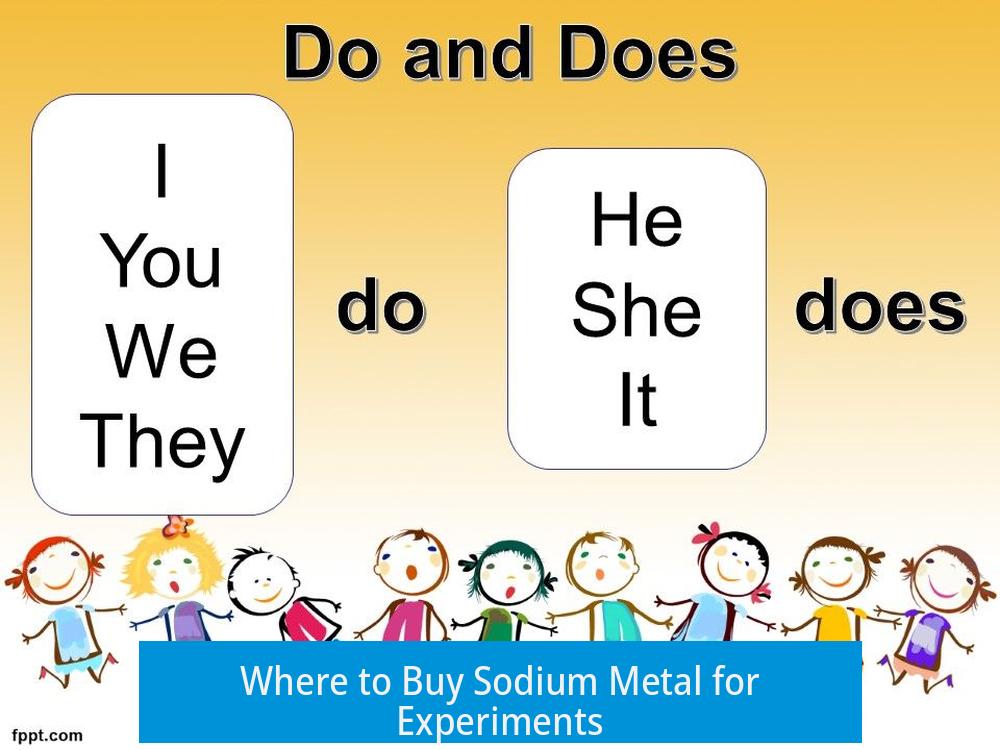
Sodium metal is available for purchase from specialized chemical suppliers and certain online vendors that cater to laboratories and element collectors. It is commonly sold in small quantities with high purity, sealed under inert atmospheres or mineral oil to prevent oxidation. Buyers can find sodium metal in forms suitable for scientific or educational experimentations.
Sources for Purchasing Sodium Metal
Laboratories and hobby chemists can acquire sodium metal from a variety of commercial vendors. Well-known chemical suppliers like Sigma-Aldrich offer sodium metal in different purities and quantities. Additionally, online marketplaces such as Amazon or specialized scientific supply companies provide sodium metal suitable for experimentation.
- Sigma-Aldrich: A trusted supplier with various grades of sodium metal for scientific use.
- Lab Alley, Science Company, NovaElements: Retailers selling sodium metal in laboratory and element collection grades.
- Amazon: Sometimes stocks small packages (e.g., 24 grams) of 99.8% pure sodium metal.
The metal typically comes sealed in mineral oil or argon atmosphere vials to limit contact with air and moisture.
Forms and Purity
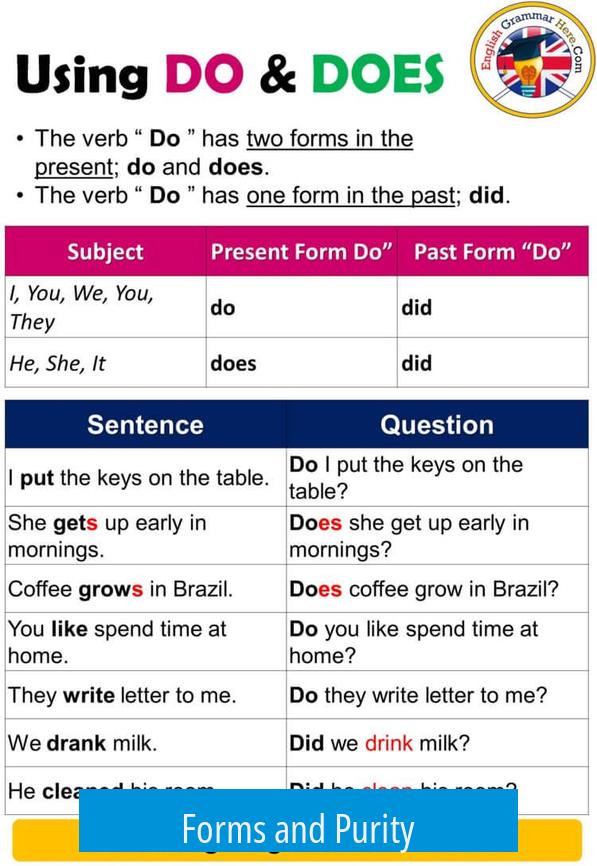
Sodium metal is soft, silvery-white, and highly reactive. It is often sold with a purity near 99.8% metallurgical grade. Common packaging includes small sealed ampoules, vials under argon, or submerged in mineral oil. For example:
- 20 mg samples sealed under argon in glass vials.
- 1 to 100 grams of sodium metal under mineral oil.
- Oxide-free samples in argon-sealed ampoules for collectors or labs.
Cost and Availability
The price of sodium metal depends on purity, quantity, packaging, and shipping requirements. Buyers often find prices ranging from $100 to $200 for small chunks or packets suitable for multiple demonstrations.
| Quantity | Approximate Price | Vendor Type |
|---|---|---|
| 1 ounce (~28 grams) | $30 to $100 | Retail chemical suppliers, online marketplaces |
| 100 grams | $150 to $200 | Scientific specialty suppliers |
Shipping chemicals like sodium metal requires careful handling and specialized packaging. Due to the reactive nature, sodium is often sent under mineral oil and shipped via hazardous materials protocols. Shipping costs add significantly to the price and vary by location.
Safety and Handling Considerations
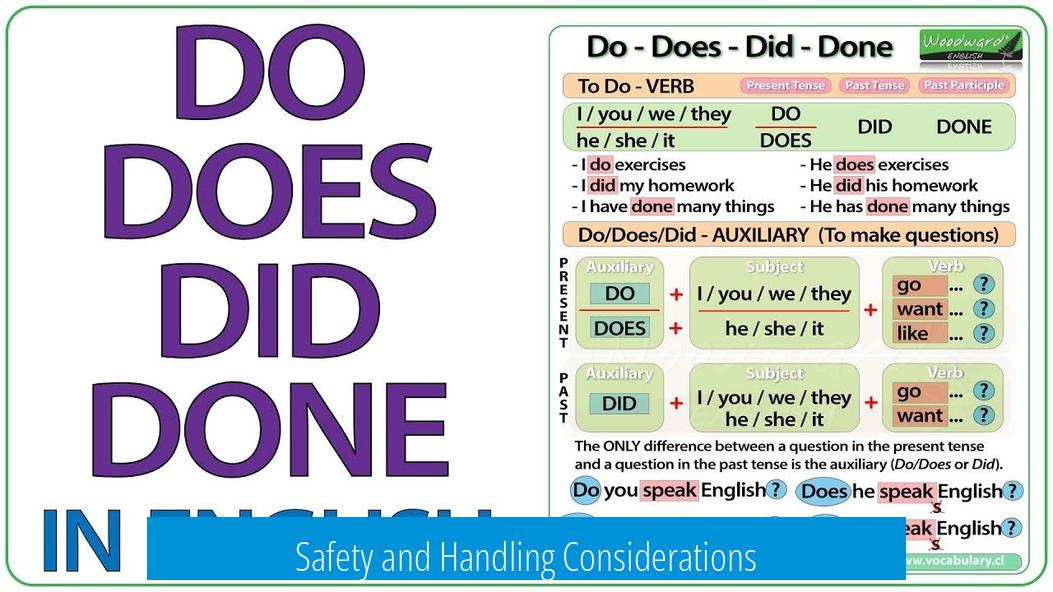
Sodium metal reacts violently with water and air moisture, releasing hydrogen gas and sodium hydroxide. Due to its flammability and potential explosion hazards, handling must follow strict safety protocols.
Key Safety Recommendations
- Avoid non-professional sodium-water demonstrations. Such activities can be dangerous.
- Carry out reactions outdoors or in well-ventilated, controlled environments.
- Wear appropriate eye protection such as safety goggles and face shields.
- Use plastic containers rather than glass to avoid shattering during reactions.
- Keep water or a hose ready for neutralizing spills and residues.
- Store sodium metal in airtight containers under mineral oil or inert gas to prevent oxidation.
Storage is critical. Sodium becomes grayish-white upon air exposure and burns violently. Proper containment will extend shelf life and ensure safety when opening packages.
Usage Recommendations for Laboratory Experiments

When working with sodium metal, start with small quantities, typically a few grams or less. This amount is sufficient to observe reaction phenomena without unnecessary risk.
During water-sodium reactions, sodium melts first due to its low melting point (~98°C), forming molten globs that react intensely. The actual energetic bursts result from the molten sodium interacting with water vapor or liquid, not from solid-to-explosion transitions. This distinction is important for controlled demonstrations.
Practitioners should prepare for variable reaction intensity and avoid excessive quantities to reduce uncontrolled splattering or accidents.
Alternative and DIY Options
For educational setups or research purposes, small amounts of sodium metal can sometimes be generated in situ through chemical reduction methods, such as the “bird-rages” method. This approach avoids purchasing and storing large sodium supplies but requires chemical expertise and careful control.
Typical Sodium Metal Properties

| Appearance | Silvery-white, soft metal |
| Density | 0.97 g/cm3 (lighter than water) |
| Melting Point | 97.8 °C |
| Reactivity | Reacts explosively with water, forms sodium hydroxide |
| Handling | Cuttable with a knife; store under mineral oil or inert atmosphere |
Notable Product Examples from NovaElements
- Sodium 1g under mineral oil in glass vial – offers protection from oxidation.
- Sodium 20mg sealed under argon – ideal for element collection or minimal use.
- Sodium keychain – contains shiny sodium ampoules for display purposes.
- High-purity sodium cubes and ampoules sealed in acrylic cubes or argon environments.
- Oxide-free sodium samples available in 5g or 10g sealed ampoules for collectors or scientists.
Additional Notes on Usage and Considerations

Sodium metal experiments remain popular in academic departments for demonstration purposes, though the risks and costs might outweigh the benefits for hobbyists. The expense of buying sodium metal can be justified by the novelty and excitement of its reactions, often compared to other common recreational expenditures on consumer fireworks or hobbyist ammunition.
Sodium reactions demand respect for their violent nature. Observing all safety guidelines ensures that experiments proceed without injury or damage. Users are encouraged to consider safer alternatives or consult professionals before handling alkali metals.
Key Takeaways
- High-purity sodium metal is available from specialized suppliers and online vendors.
- Prices vary but expect to pay $100–$200 for material, exclusive of shipping and hazmat fees.
- Sodium metal is highly reactive; proper safety gear and protocols are essential.
- Store sodium under mineral oil or inert gas to prevent oxidation and degradation.
- Start with small amounts to control reaction intensity in experimental setups.
- Consider alternative methods to obtain sodium in situ if purchasing is impractical.
- Always handle and dispose of sodium metal responsibly to minimize hazards.
Does Anybody Know Where to Buy Sodium Metal for Experiments?
Yes, you can buy sodium metal for experiments from several vendors, both online and specialized chemical suppliers, but it’s not exactly a bargain bin deal. Sodium metal is a rather reactive and tricky substance to handle, which explains its price and the extra costs involved in shipping and safety. So, let’s dive into where you can get it, how much it might set you back, and what you should know before you even think about dipping a finger in that shiny lump.
Curious about why sodium metal is such a hot commodity? Or wondering if your backyard chemistry demo needs to be toned down? You’re about to find out!
Where to Buy Sodium Metal: The Basics
Buying sodium metal isn’t like grabbing chips from a local store. It’s an alkali metal that’s highly reactive, especially with water. Handling it requires care and compliance with regulations. Fortunately, reputable suppliers offer it for laboratory use, scientific experiments, and element collectors.
Vendors like Sigma-Aldrich are known for their reliable stock of high-purity chemicals and metals, including sodium. Other sources are Lab Alley, Science Company, NovaElements, and even Amazon hosts listings—but buyer beware, not all sellers guarantee purity or proper storage.
For those in the know, sodium comes sealed under mineral oil or argon gas to prevent oxidation—a must, since sodium oxidizes quickly on air exposure, turning from shiny silver to dull gray.
The Price Tag: Why Is Sodium Metal So Expensive?
Get ready for the wallet shock. Sodium metal prices typically range from $100 to $200 for a small chunk. Sounds steep? Let’s break that down.
A one-ounce packet (roughly 28 grams) may cost around $30 from certain vendors like United Nuclear, but remember, this tiny amount is physically small—comparable to a half-pound of copper packed into miniature form. The value isn’t just the metal; it’s also the specialty storage, handling, and hazardous shipping fees (think hazmat transport) that hike the cost.
Shipping sodium isn’t like sending a postcard. Because it’s classified as hazardous material, carriers charge more. The price doesn’t just go by weight but also volume (shipping containers, packaging), so bulk purchases save money per gram, but shipping still adds up.
Think of it this way: each small “bang” or demonstration might cost you just a couple of dollars when you consider the total price divided by the uses you get.
Handling Sodium Metal: Safety Is No Joke
If you’ve never handled sodium before, listen carefully. Sodium reacts violently with water, producing hydrogen gas and a burst of heat that can cause sparks and explosions. It melts first before it explodes, producing molten globs flying off unpredictably.
Experts recommend starting with just a couple of grams—not a mountain of the stuff! Having too much around increases risk, especially if you’re chopping it into smaller pieces.
“If you really must do sodium-in-water demonstrations: if you’re not a professional whose job literally involves these reactions, you probably shouldn’t do them at all.”
If you insist though, here’s a quick safety checklist:
- Never conduct demos indoors—imagine sodium hydroxide on your ceiling and sparks raining down!
- Use a plastic tub—not glass—for your reaction vessel.
- Wear safety goggles and ensure everyone nearby has them on too.
- Face shields add protection.
- Have gallons of water or a hose nearby for quenching leftover sodium residue.
Remember, quenching can be fun but always keep safety your top priority.
What About DIY or Alternative Methods?
Looking to avoid spending a fortune or wrangling with hazmat shipping? Some enthusiasts use alternate methods like “bird rage” to produce very small amounts of sodium metal at home. But beware: DIY chemical synthesis requires expertise and proper safety equipment.
Alternatively, you might consider other dramatic but safer demonstrations for the lab or classroom. Sodium is iconic for the “bang” reaction, sure, but chemistry offers plenty more spectacular displays that won’t potentially burn down your workspace.
Product Varieties: What Form Does Sodium Come In?
Depending on the supplier, sodium metal is sold in various forms ideal for different users:
- Small sealed glass vials with 20 milligrams of high-purity sodium under argon gas, perfect for element collectors.
- 1 gram samples under mineral oil for laboratory use, offered in labeled glass containers.
- Larger chunks like 5 grams, 10 grams, or even 100 grams sealed in argon-filled ampoules for better oxidation resistance.
- Fun collectible keychains doubling as conversation starters, embedded with tiny sodium ampoules for the chemistry enthusiast.
- High-purity density cubes sealed and ready for display.
Each format ensures the sodium remains shiny and safe for shipping, but always check the product details for purity (99.8% or higher is ideal for experimentation), storage instructions, and shipping policies.
The Big Picture: Why Even Buy Sodium Metal?
Sodium metal is used not just in classrooms or experiments but also in industry (gasoline additives, electrical power applications). But most readers ask, “Is it worth the risk and cost for a hobby or teaching demo?”
Our chemical enthusiast, who regularly performs sodium-in-water demos, admits they do it as a traditional showstopper—emphasizing it’s not their favorite reaction, but students love the spectacle.
Feeling like a pro pyrotechnician shooting off fireworks every weekend costs more than a small sodium demo? Maybe. Or you could spend $20 on fireworks and blow off steam, but where’s the chemistry in that?
If you want bangs without danger, a loud Mackie subwoofer blaring music might be a safer and cheaper way to thump all night—20 cents per kilowatt hour beats $30 an ounce!
Final Tips on Buying and Using Sodium Metal for Experiments
Ready to purchase? Here’s a quick checklist to save you headaches:
- Buy from a reputable supplier like Sigma-Aldrich, Lab Alley, or NovaElements.
- Confirm purity is at least 99.8% to ensure consistent experimental results.
- Expect to pay $100-$200 for a usable chunk. Don’t be lured by suspiciously cheap offers—quality control matters here.
- Always get it shipped sealed under mineral oil or argon to prevent oxidation.
- Plan your experiment ahead and keep amounts small—1 ounce or less is plenty.
- Invest in proper PPE: goggles, face shield, gloves, and a non-flammable reaction vessel.
- Conduct demonstrations outdoors in open spaces only.
- Have quenching water ready to neutralize leftover sodium safely.
- Consider alternatives if you are not experienced or confident in handling reactive metals.
Buying sodium metal for experiments is definitely possible, but it carries costs, logistics challenges, and safety demands. If you decide to proceed, be prepared for more than just the price tag—you’re handling a substance that commands respect and caution.
Ready to Light Up Your Chemistry Set?
Going after sodium metal might make you feel like a mad scientist, but safety and preparation are the true brains behind the operation. Have you sourced your sodium yet? What safety gear do you swear by? Share your stories or questions—let’s make chemistry fun and safe!
Where can I buy high purity sodium metal for experiments?
You can purchase sodium metal from vendors like Lab Alley, Science Company, NovaElements, and Amazon. Look for products that specify 99.8% purity, often available in sealed vials under argon or mineral oil for lab use.
How much does sodium metal cost and what affects the price?
Expect prices between $30 and $200 depending on quantity and purity. Shipping and hazmat handling fees increase costs because sodium is reactive and must be transported carefully.
What safety precautions should I take when handling sodium metal?
Always work outdoors or in a well-ventilated area. Wear safety goggles and face shields. Use plastic containers, keep water or a hose nearby, and store sodium in airtight containers or under mineral oil to prevent reactions.
How should I store sodium metal to keep it safe and stable?
Store sodium in airtight containers or under mineral oil or naphtha. Avoid exposure to water, air, or oxygen, as sodium reacts violently and degrades when exposed.
What quantity of sodium metal is recommended for small scale experiments?
Start with small amounts, around 1–2 grams or less. Larger amounts can cause excessive splattering and are harder to control if you’re inexperienced with sodium handling.


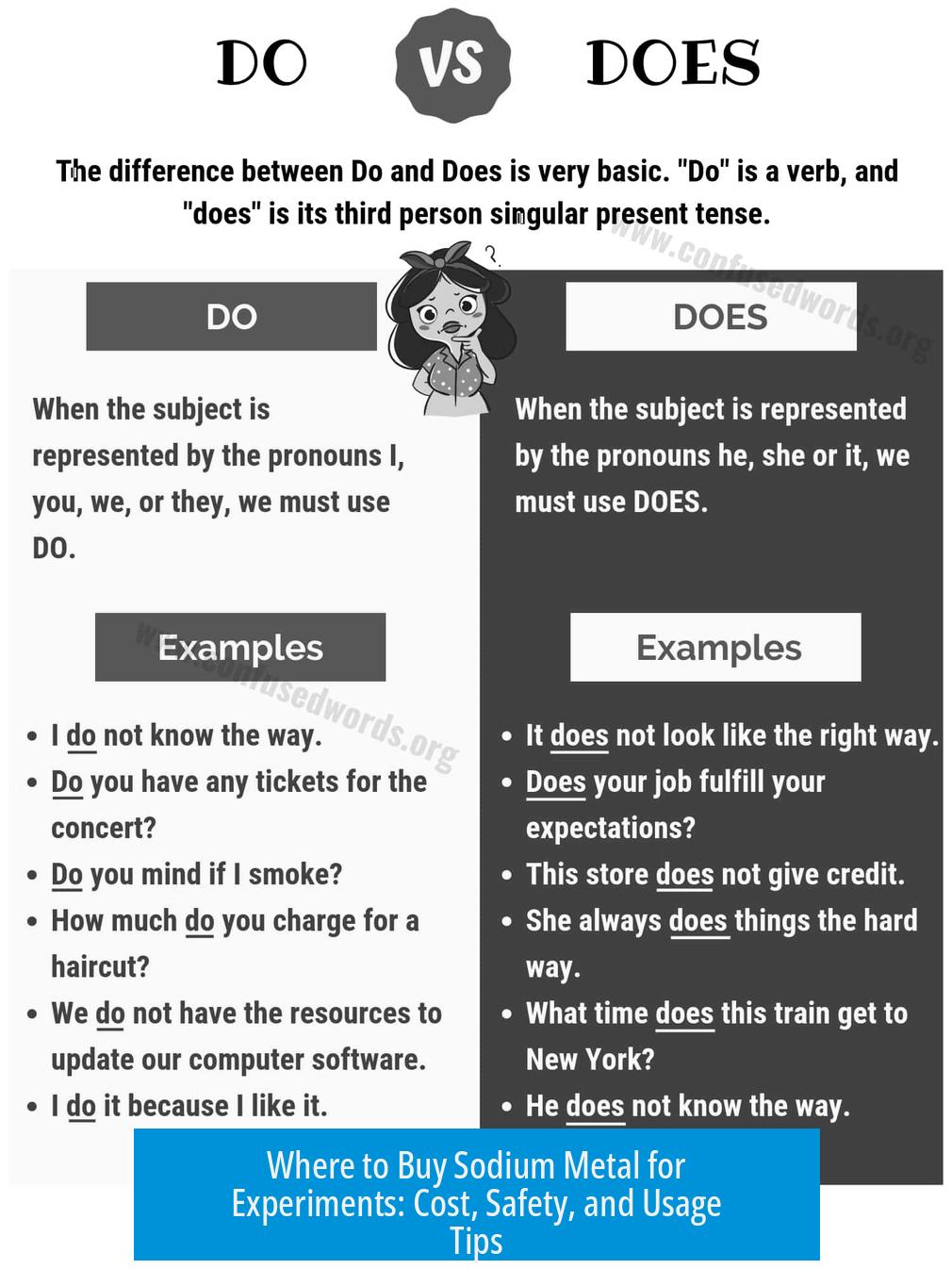
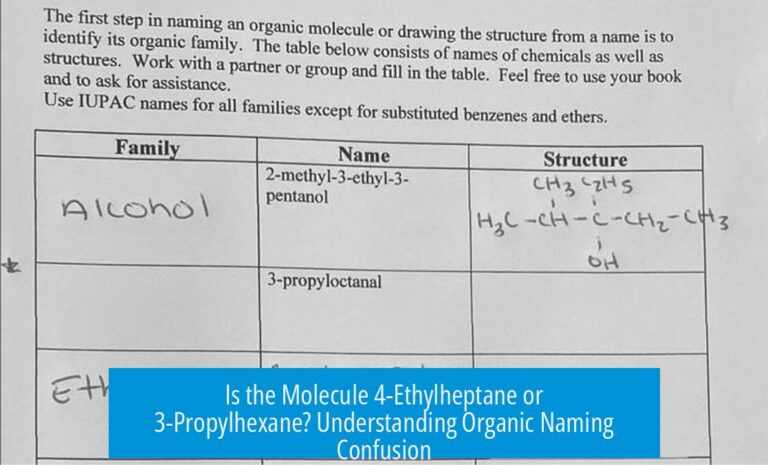
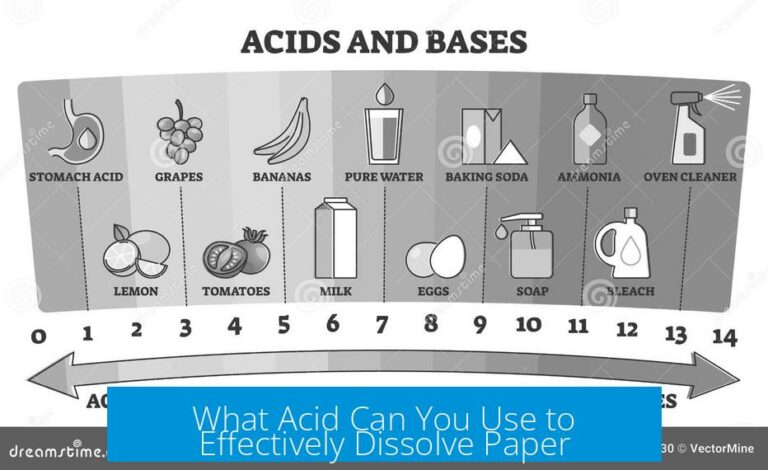
Leave a Comment